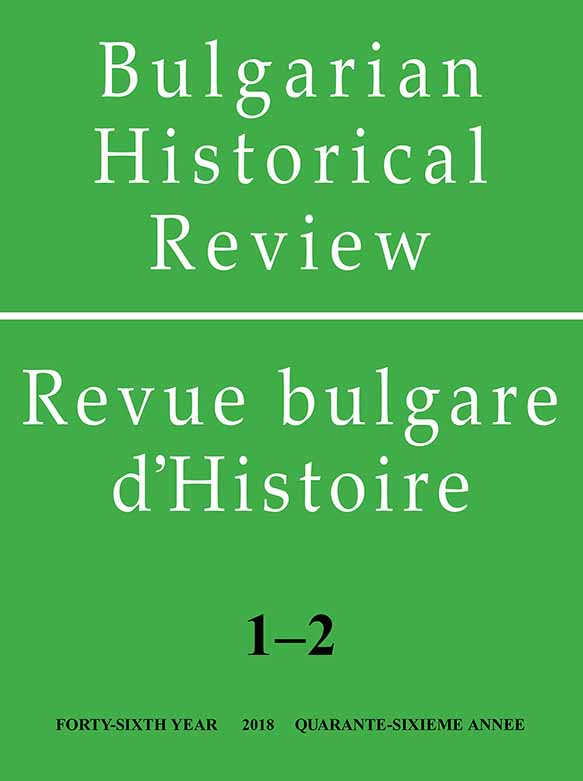The Origin of Military Radiology Use of X-Rays During the Late Ottoman Era
The Origin of Military Radiology Use of X-Rays During the Late Ottoman Era
Author(s): Nuran Yıldırım, Yesim Isil Ulman, Atadan TunacıSubject(s): History, Military history, Modern Age, Recent History (1900 till today), Special Historiographies:, 19th Century, Pre-WW I & WW I (1900 -1919), The Ottoman Empire
Published by: Институт за исторически изследвания - Българска академия на науките
Keywords: History of medicine; X-Rays; First radiographies; Military radiology; Greco-Turkish War;
Summary/Abstract: After its discovery by WC. Roentgen by the end of 1895, X-Rays were immediately used for medical and surgical purposes to detect foreign objects within the human body due to injuries and/or gunshots, which inspired discussions over its functionality in military surgery. X-Rays were first used in the beginning of 1896 at the British River Wars in Nile, Egypt. In May 1896, the Italian Doctor Guiseppe Alvaro took two wounded soldiers from Ethiopia to Italy and shot radiographies of them by making use of X-Rays in the Naples Military Hospital. He published his observations in Giornale Medico del Regio Esercito. Before Alvaro’s piece, an article had been published in Medizinische Wohenschrift, on February 4, 1896 about the use of X-Rays on the wounded soldiers in the Prussian Army. However, the systematic practice of X-Rays use in the military dates to the Greco-Turkish War in 1897 by its implementation on the bodies of the casualties of war, first in Istanbul, and then in Athens by means of the radiographies showing evidence of pieces of bullet and shrapnel inside the bodies of soldiers. The first military radiographies were scientifically and systematically taken through a device set up by those two interns of the School of Medicine in Istanbul from May 1, 1897. That war was the first occasion that radiographic imaging techniques were used extensively on wounded soldiers at both fronts soon after the discovery of X-rays. This historic development is presented in this article by evidence based on the Ottoman Archival documents and on the newspapers published at that time. Rather than a competitive historiography, our paper has been dealt with mutual respect by objectively honouring professional zeal of all the physicians who took part at that fateful event, meritedly.
Journal: Bulgarian Historical Review / Revue Bulgare d'Histoire
- Issue Year: 2018
- Issue No: 1-2
- Page Range: 75-91
- Page Count: 17
- Language: English
- Content File-PDF

